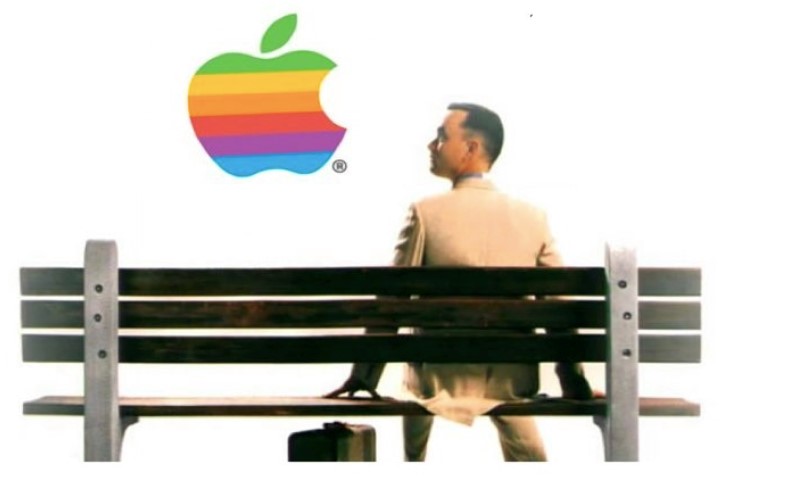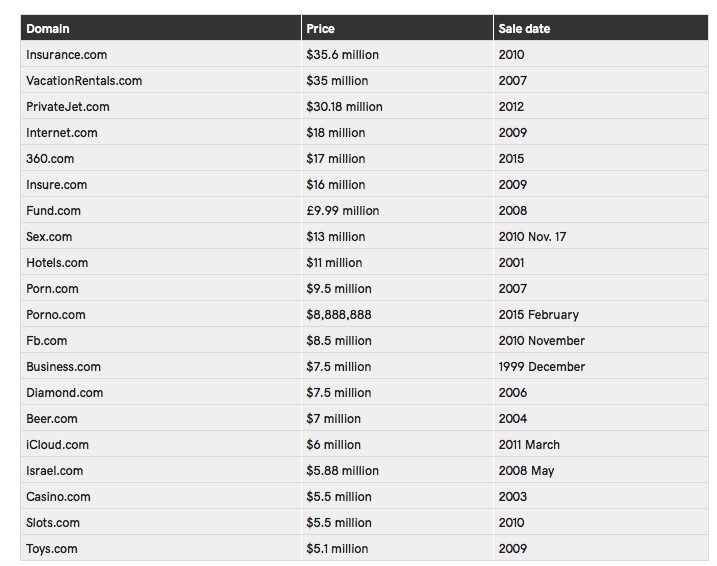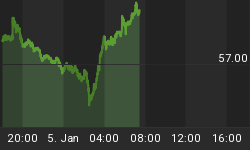History is littered with massive missed opportunities of the sort that have seen big-time investors criticized for what at the time seemed like outrageous confidence. Then they become billionaires, and the critics are mocked for having missed out on what was clearly—in hindsight—one of the best investments of the century.
To become super rich, one needs the ability to identify opportunities that will shape our future – and then be blessed with the timing, luck and bravery to bet big.
No one makes money on hindsight. Billionaires are minted with foresight.
The majority who didn’t believe that Apple was a real thing in the 1970s are living with regret. As will those who need to wait for mass validation of today’s ‘futuristic’ ideas, such as digital currency, blockchain, and the million ways that artificial intelligence is going to drive what comes next.
From the single largest return on any investment in history, to the revolutionary tech developments that shaped our lives, and lucky breaks that netted some individuals breathtaking returns - here are the 10 most astounding investments in history.
#1 The Apple Kool-Aid

(Click to enlarge)
We’ll start with what may seem like the obvious, although very few investors grasped the true value and impact of Apple at the time. Anyone who jumped in early on this emerging cult—which maintains it cult status today—would be a billionaire without question.
If Forest Gump were real and had truly purchased a 3-percent share in Apple in the 1970s, he would be worth about $7 billion right now.
Imagine a time when there weren’t even PCs and the only computers were huge machines at universities, big companies, or the Pentagon … and suddenly two young men, Steve Wozniak and Steve Jobs came up with Apple—a huge idea that would make it all mainstream. No one believed it then. Everyone believes it now. But there’s little return on investment for believing in something that is already clear and present.
Related: U.S. IPOs See Booming First Quarter
Atari founder Nolan Bushman passed on an opportunity to invest $50,000 in seed money in Apple (he was one of Steve Jobs’ first bosses) that would have given him a third of a company worth over $850 billion and on its way to becoming one of the first-ever trillion-dollar companies.
#2 The Grateful Undead: GOOGLE
Venture capitalist James Altucher rues the day when he passed on a 20-percent share in Google for $1 million in 2000. “Search engines? Aren’t they all dead? What’s the stock price on Excite these days? You know what it is? Zero?”, that’s what he told a junior partner who proposed the idea.
He calls it the “worst decision in venture capital history”. Altucher’s $1 million investment would have turned into $300 million, “give or take”.
#3 The Facebook IPO: $10 Billion in a Month
It’s easy to see now—even amid scandal—that people all over the world were lonely and would find a friend in Facebook; a platform of unbelievable psychological significance for masses of people who are willing to give up privacy for the feeling (even if not real) that they are part of something bigger.
Accel Partners had foresight. The company invested $127 million in Facebook in 2006, and is believed to have made more than $10 billion off its IPO in 2012.
#4 Domain Names: The Lucrative Art of 1990s e-Squatting
In the late 1980s and early 1990s, domain squatting was a popular get-rich-quick scheme, and it was one of the cheapest investments. It was a time of high-level creativity that saw people buying up any domain name they could think of for a few bucks and then sitting on it until a company wanted it.
According to GoDaddy, these are the most expensive domain names publicly reported:

(Click to enlarge)
#5 The Dot Com Craze That Weeded Out The Rot
The Dot.com craze was huge money that you either missed out on or lost on, and many of the kings of the craze have fallen from grace—hard. Massive amounts of money were made, and then lost when the bubble burst.
Over 14 months in 2000, the Nasdaq doubled its value and investors who had already made millions weren’t worried at all. They were secure in the notion that the Internet was the future and nothing could make this bubble burst. Then came the correction. The Internet was indeed the future, but the high cost of tech and marketing and a customer base not yet fully married to e-commerce meant it was too early. Too much money was being thrown at them without a path to profitability.
If you’d sold out of the Nasdaq in 1999, you would have been rich.
Billions were made, but all was lost unless you were smart enough to focus on the FANG stocks, today’s tech darlings: Facebook, Amazon, Netflix and Google.
But the true king of the dot.com craze—after the dust has settled—is Jeff Bezos, CEO of Amazon. Amazon didn’t just survive the dot-com crash. It’s market cap is $700 billion, and Bezos is the richest man in the world.
So, how much did early investors make on Amazon? According to Bezos, the first 20 outside investors put in $50,000 each and if they held on to it, they saw a 70,000 times return for $3.5 billion.
#6 Home Run: Turning a Few Cents into $1 Million
Today it’s Pokemon cards, but Baby Boomers who snapped up the right baseball cards for a few cents when they were kids Could be looking at $1 million or more now. Related: Will Bitcoin Ever Dethrone Gold?
In 2016, the 1952 Mickey Mantle rookie card sold for $1.13 million, and since then its value has only gone up. For the lucky collector who is still holding on, that is a return of around 3333333300 percent… not bad for a kid collecting cards.
#7 The Big Short of 2008
Steve Eisman was a hedge fund manager who saw the housing crash before it happened. No one is sure exactly how much he’s worth today, but his heightened intuition put him up against Wall Street—and he won. In 2007, as a hedge fund manager at FrontPoint Partners, Eisman bet against Wall Street and the assets under his management hit $1.5 billion – a decent return for a bet that no one believed in.
#8 The Dow Jones, At the Height of Fear
Very few had the courage and money left to invest in the Dow Jones in 1932, after the crash of 1929. However, $1,000 invested at year-end 1932 would now be worth about $5 million.
An return that perhaps helped to inform Warren Buffets investment strategy to “be greedy when others are fearful”.
#9 When All That Glitters Became the Standard
If you had invested in gold before Richard Nixon abandoned the gold standard in the early 1970s, the term ‘billionaire’ wouldn’t even suffice to classify you. Back then, gold was worth about $36 an ounce. Now it’s around $1300. You could have made anywhere from a 3,500-percent return to a 5,200-percent return. A fair return for investors that were savvy enough to recognize that abandoning the gold standard would turn the precious metal into a safe haven asset.
#10 Bitcoin: The Biggest Fear of Them All
If you had invested in only 1,000 bitcoins in 2011, when it was worth about 5 cents a coin, you’d be worth $7 million today. If you’d done that and then cashed out when Bitcoin hit an astounding $20,000 late last year, you’d be worth $20 million now. Even in this highly volatile crypto market, the bitcoin billionaires remain confident in the tech that made their fortune.
By Josh Owens for Safehaven.com
More Top Reads From Safehaven.com:


















https://www.cryptoknowmics.com/news/list-of-famous-bitcoin-investors